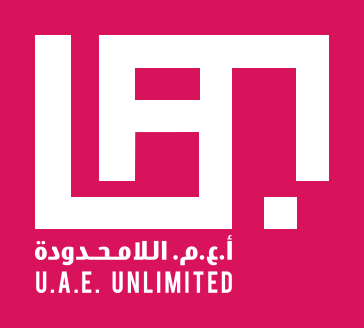Mahmood is one of seven artists living in the Emirates exhibiting new work in UAE Unlimited's annual group show, this year entitled Tashweesh: Material Noise, which opens at Maraya Art Centre in Sharjah on Saturday. She says the event helps artists to "be open to exploration as opposed to making a commissioned piece in isolation".
Spotlighting home-grown talent
It is the fifth exhibition from the Abu Dhabi-based satellite platform that supports the development of emerging artists, which is itself supported by the Ministry of Culture and Knowledge Development.
Established in 2015, UAE Unlimited is supported by Sheikh Zayed bin Sultan bin Khalifa, a prominent art patron and a collector of the arts. It was co-founded with his art advisor, Shobha Pia Shamdasani, who also serves as the platform’s executive director. The co-founders work together to define and put into effect the organisation’s mission, and to continuously widen its scope.
Shamdasani says the event is unique in terms of mission and model: “We have heard from respected curators that we are the only model of this kind globally, and no other platform has our unique precedent,” she says. “We hold our annual exhibition in a different city in the UAE each spring, with a collaborating institution which we return to every three years. Every year we commission a different curator, senior guest artist, group of artists and writers.”
Looking back over the list of people who have been involved, it reads like a who’s who of the current UAE art scene. “We have been able to identify very promising, young, home-grown talents, who through exposure in our exhibitions have caught the attention of art institutions, galleries and collectors,” Shamdasani says. “Some of our artists have gone on to work on projects with Louvre Abu Dhabi, the Sharjah Biennial, Art Dubai and Abu Dhabi Art, and have participated in the UAE National Pavilion in Venice.”
Indeed, guest artist Nujoom Alghanem, who presents a new mixed-media installation titled Around Us, hung in the stairwell at Maraya Art Centre as part of the exhibition, will represent the country in the Venice Biennale for art in May.




